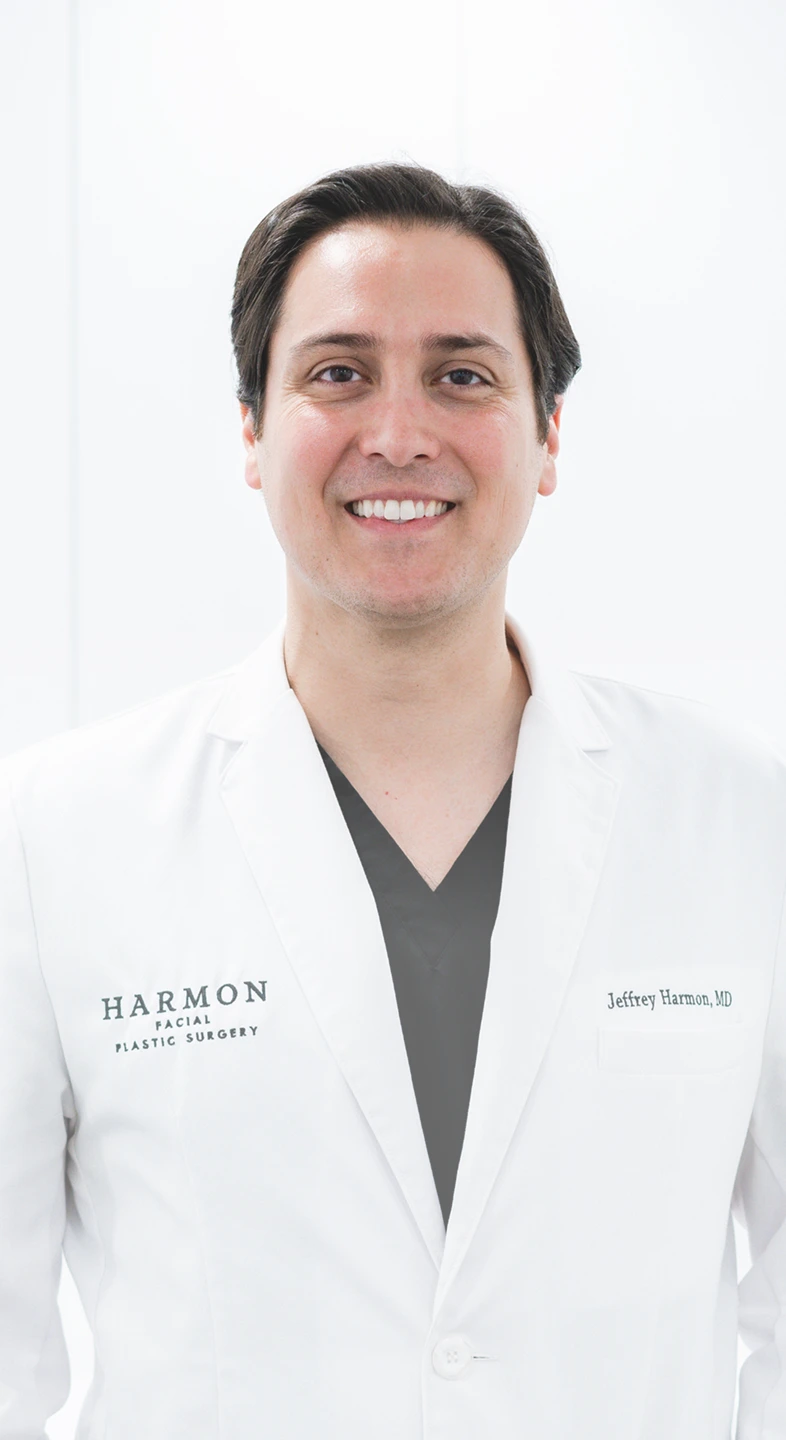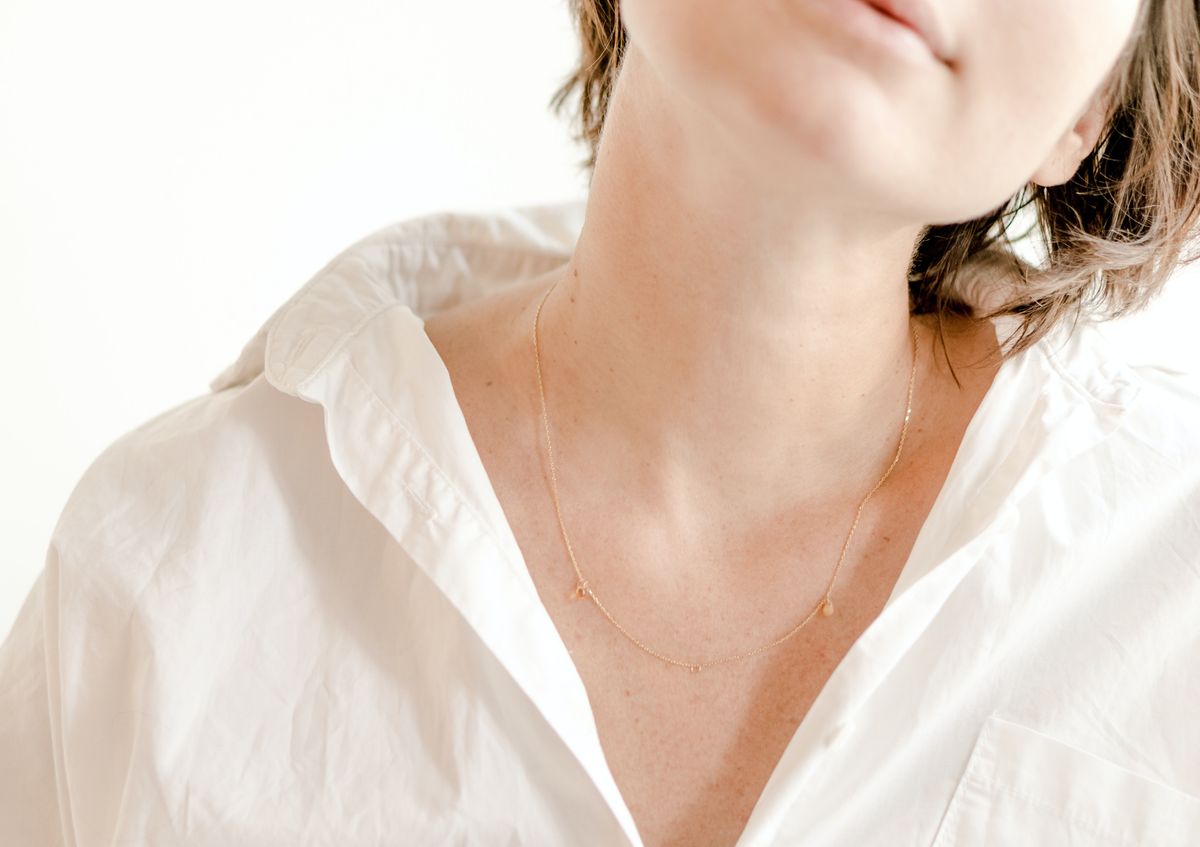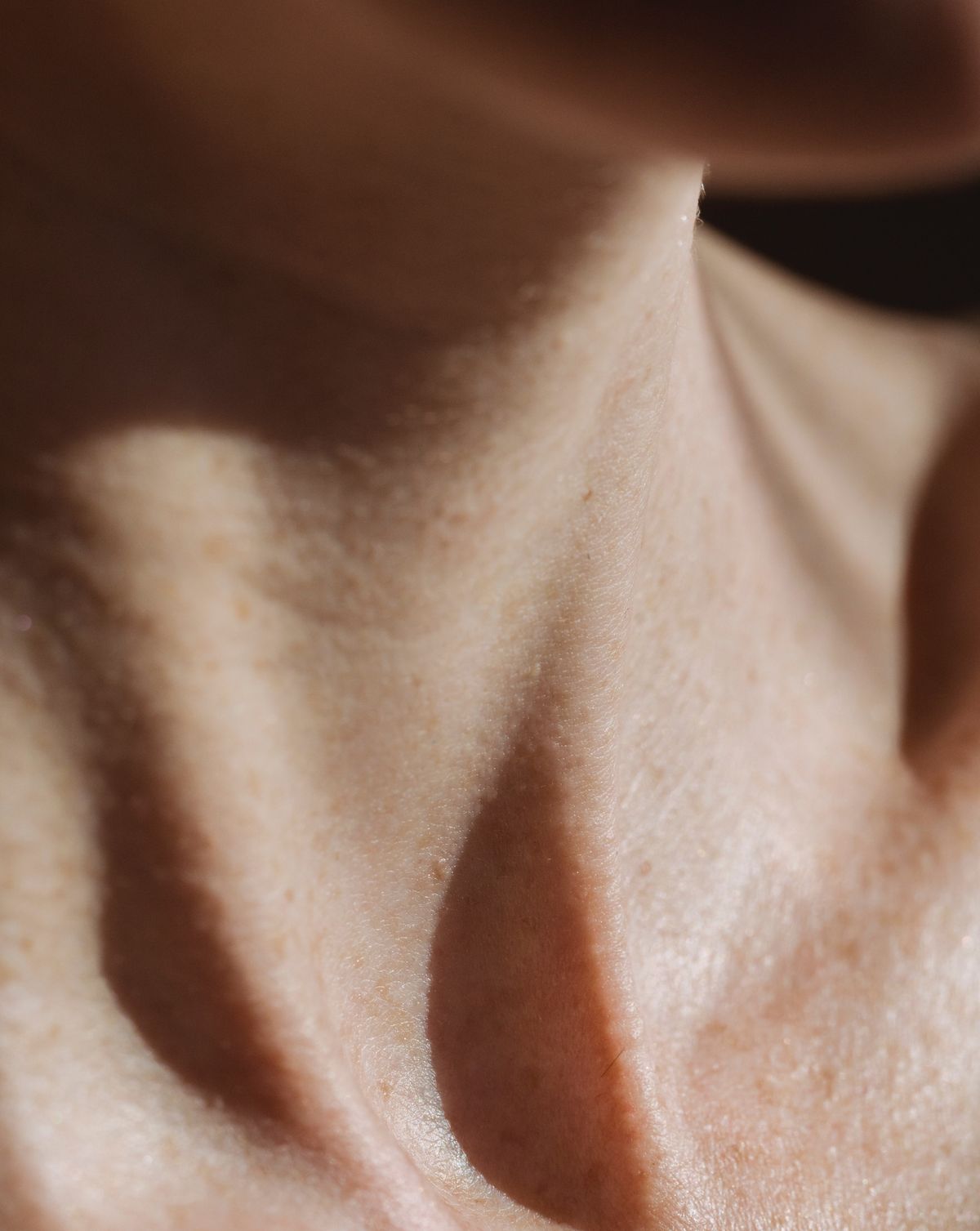
Neck Liposuction Versus a Neck Lift: Which Procedure is the Most Appropriate for Me?
Neck liposuction and a neck lift procedure each address specific concerns about the neck and the area under the jaw. It is important to seek not only a fellowship-trained but also a double board-certified facial plastic surgeon if you have aesthetic concerns about your face and/or neck. Changes Can Occur in All Layers of the Neck Changes can occur at all layers of the neck with aging. The skin...



